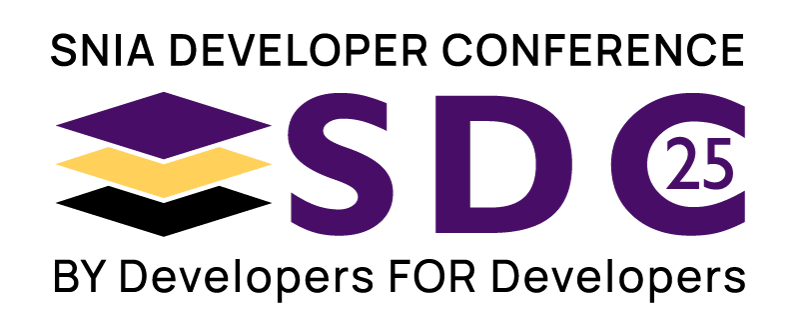
Update on Standards for Consuming DNA Data Storage Archives

Salon IV
Mon Sep 18 | 8:30am
Abstract
DNA lacks many key attributes found in other traditional storage media types including locality and addressability. The Rosetta Stone workgroup is aiming to solve the issue of enabling archive readers to understand key metadata about the archive and position them to be able to consume its contents. This session will provide an overview of where the Rosetta Stone workgroup is in the process of creating a recommended approach for this issue.
Learning Objectives
- Understand differences between traditional storage media and DNA data storage
- Understand the basics of DNA as a data storage media type
- Understand the approach being championed by the Rosetta Stone workgroup




